International Heritage Centre blog
Collections Care at The Salvation Army International Heritage Centre during COVID-19
Collections Care at The Salvation Army International Heritage Centre during COVID-19
Following the government’s announcement of the COVID-19 pandemic and its associated guidelines for safety, in March 2019 alongside many other cultural and historical institutions across the country The Salvation Army International Heritage Centre closed its doors to the public. While battening down the hatches meant that we’ve been unable to welcome visitors and researchers to our onsite facilities, temporary closure has not been without benefit. Public engagement is a vital role undertaken by heritage professionals, yet much of our work occurs behind the scenes. In order for historic documents and artefacts to be accessible, they must first go through several processes to get there. Upon arrival at the Heritage Centre they must be accessioned, quarantined, condition checked, repackaged, catalogued and found appropriate storage space all before they can appear in the reading room or on display!
Accessions
With this is mind, despite being closed to the public, the heritage team has been far from idle in recent months. Throughout the past two years we’ve received a glut of accessions which we look forward to assimilating into our collections and sharing with you. As we rarely know the environmental condition and location of where accessions come from, all incoming artefacts must be carefully checked and for additional safety, undergo a period of isolation and sometimes treatment, to ensure that they do not introduce mould or pests into our store rooms and existing collections. Following this, and upon satisfaction that they do not post any threat to the existing collections, we begin the tremendous task of cataloguing and rehousing them.
Safeguarding the collections
All items must be rehoused in a format that protects them from damage and deterioration. From a collections care perspective, rehousing items of cultural heritage is an extremely important process as all materials degrade over time and part of our job is to manage and impede those processes of degradation. One of our duties is to ensure that our storage and display areas provide environmental conditions that will help to maintain the collections in their current condition, prevent damage from occurring, and slow deterioration. This is largely achieved by controlling and monitoring the temperature, humidity and light as these are the main influences that cause materials to degrade. Fluctuations in temperature and humidity are particularly harmful as they can cause shrinking and expansion, mould growth or a welcoming environment for pests that want to eat or make a home in the collections! Moreover, the ideal environmental conditions for each material are different, which makes management of mixed collections, such as those cared for by The Salvation Army team, a complex task.

Rehousing
As well as controlling the environmental conditions we need to think about the materials in which our collections are stored. Containers, wrappings and stationery materials that could damage artefacts in the long term must be removed from all new deposits. These might either be too small or made of materials that can damage the collection, either through abrasion or emitting harmful chemicals that can seep into the artefact.
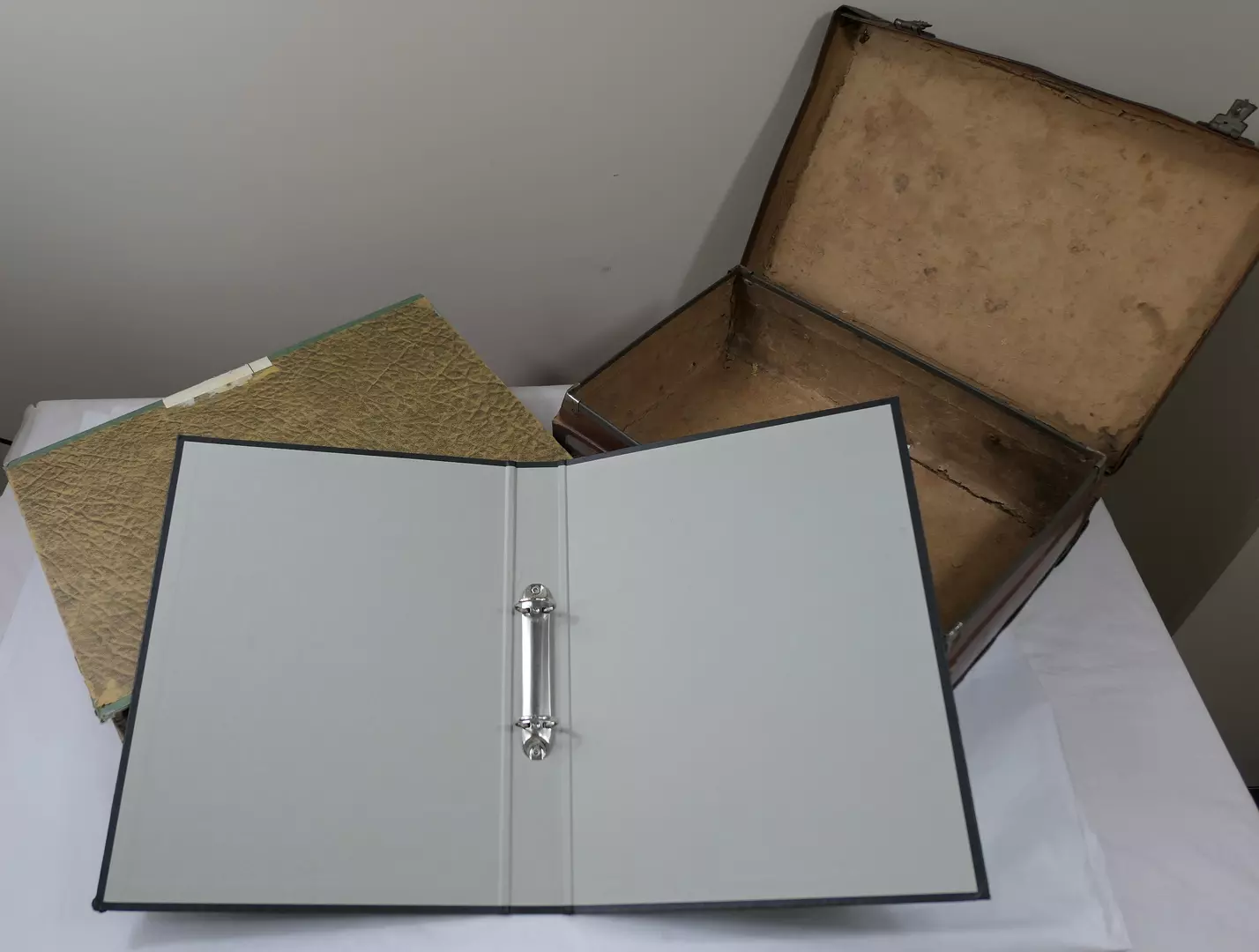
After being condition checked, each item is repackaged into archival grade folders, polyester sleeves or acid-free tissue paper and stored safely in carboard boxes which help to protect the artefacts from mishandling. Moreover, each box is labelled with the unique reference numbers that we create for each item so that we can keep track of the collections and identify and retrieve them for research requests.
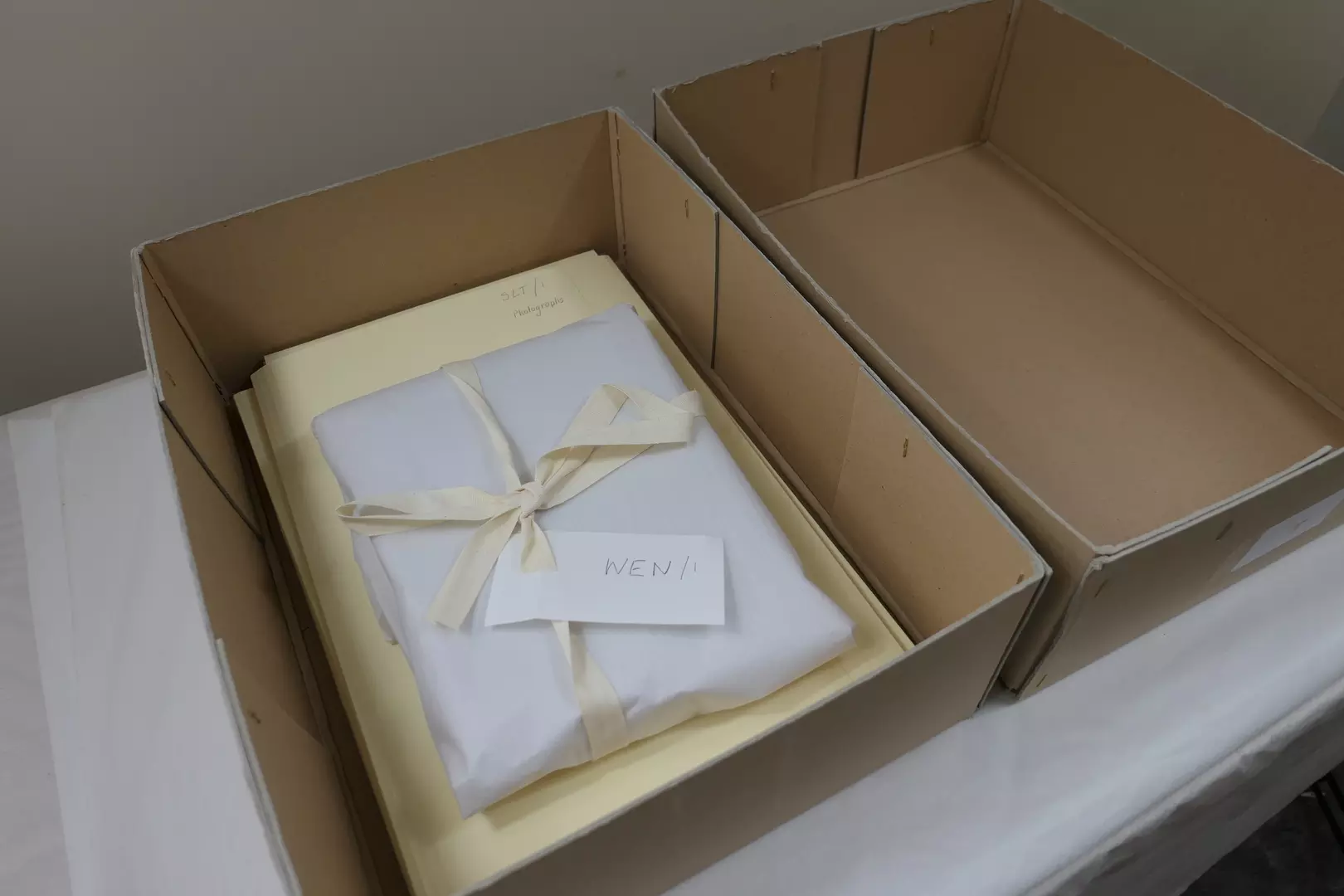
Condition checking and conservation cleaning
Another unexpected benefit of closure was that it allowed our collections to have an unexpected period of ‘rest’. Our exhibits have had a total rest from light exposure for visitor viewing and our stored collections have had a rest from being recalled from their controlled environment and viewed in the reading room. During this time, we have taken the opportunity to undertake a thorough audit of the collections and identify ways that we can further improve our collections care strategy. As a part of this process I have been checking the condition of the artefacts displayed in our museum. This involves carefully removing each item from display and visually checking for signs of degradation or damage such as cracks, changes in colour, and evidence of pest activity. While this may sound like a simple task, the items we have on display range from letters and books, to flags, musical instruments and a brick manufactured at Hadleigh Farm Colony! Each artefact is made from different materials that have respective reactions to the environment with distinct conservation needs and cleaning specifications which must all be carefully adhered to, making this a time-consuming process. In some cases, particularly with objects on open display some cleaning was also required.
For some items, such as the diary pictured below, a light dusting with a softhair brush was sufficient to dislodge dust that had settled on the cover.
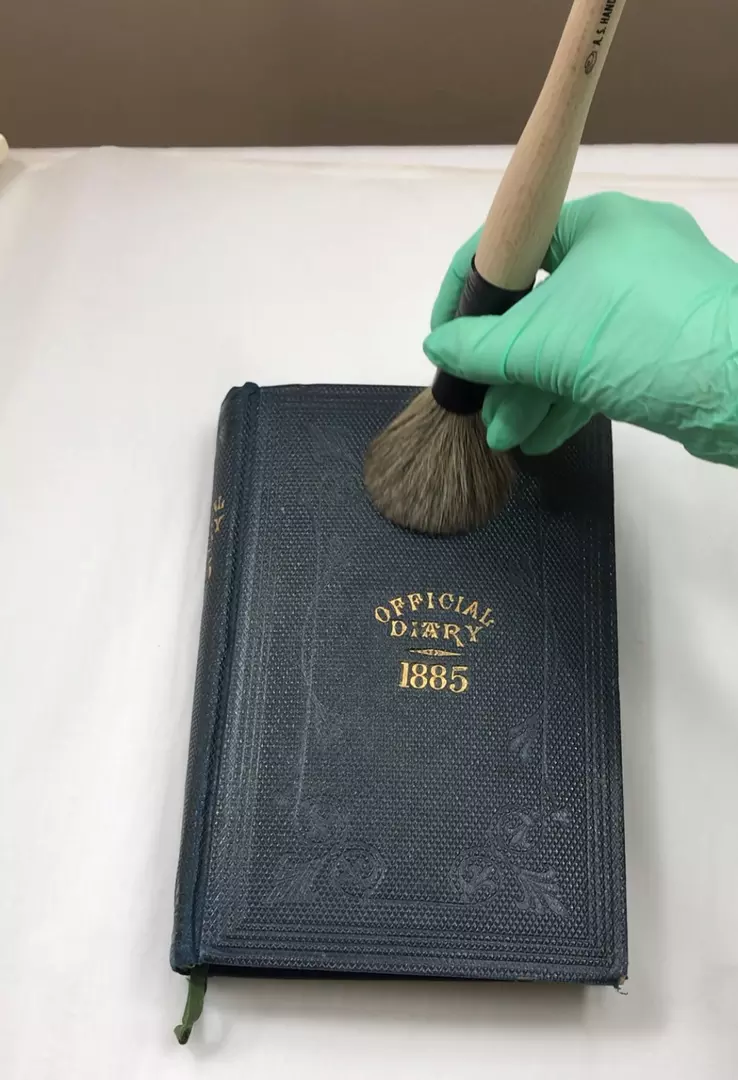
For other items, such as this ceramic bust of William Booth, a slightly more rigorous clean was required. As the bust sits on open display it had accrued a thicker layer of dust which had adhered to the surface and could not be removed by brushing alone. The next step was to apply a small amount of distilled water to the surface with a cotton swab to help loosen the dirt and remove it from the bust.
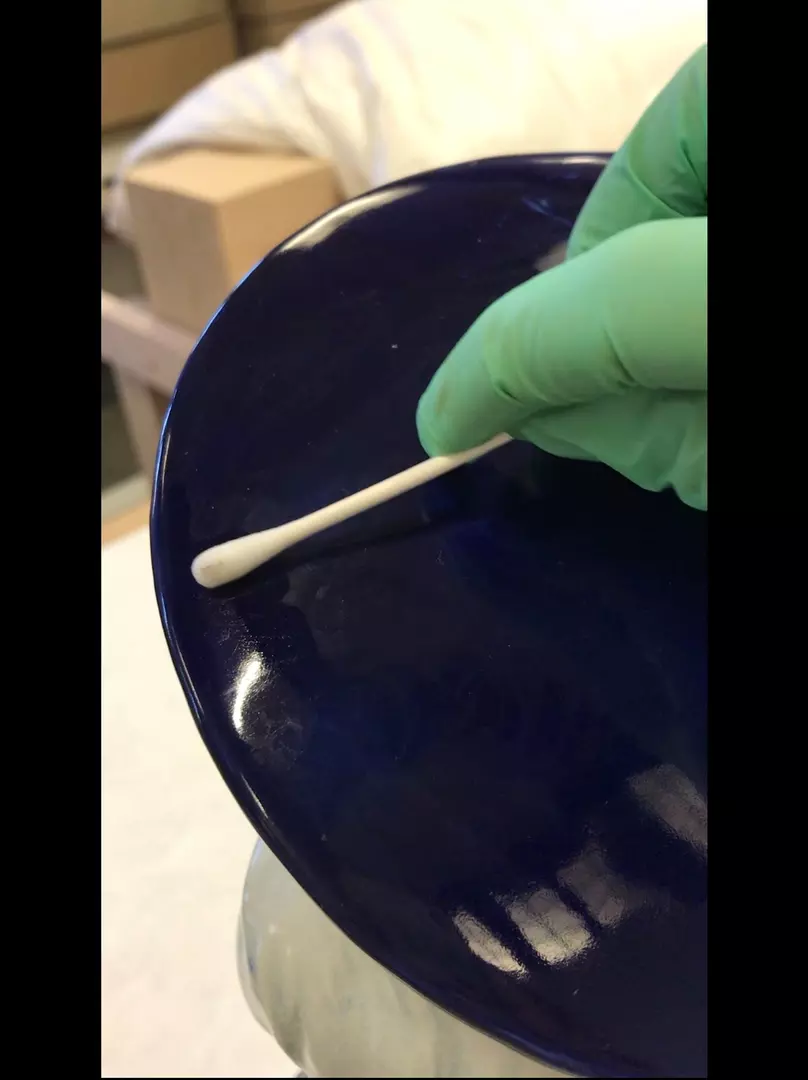
Digital engagement and preservation
As well as affording us more time to focus on collections care tasks, the pandemic presented an opportunity to re-evaluate our online presence and the digital facilities that we can offer. With our onsite closure we immediately got to work creating a Virtual Heritage Centre for visitors to explore our museum collection online. This includes our current and past temporary exhibitions about The Darkest England Gazette, William Booth College, International Congress, Post-War Relief and the First World War. We have also made online access to archival resources a priority. In addition to The Darkest England Gazette, we have added digital copies of some of our earliest periodicals to our website including The East London Evangelist, The Christian Mission Magazine, and The Salvationist.
We have also digitised our Rare Pamphlets collection and made it available online as well as an accessible digital archive of our collection. Creating high quality scans of these documents also has a preservation benefit as it reduces potential damage from handling and the need to remove them from their carefully controlled storage for each research request.
For the time being our onsite museum remains closed for collections care, but we’ve been delighted to be able to reopen our reading room for researchers this year. Over the next few months we will continue to catalogue and rehouse our recent accessions and look forward to sharing these with you once complete – watch this space!
Chloe
February 2022
Other related posts from our blog
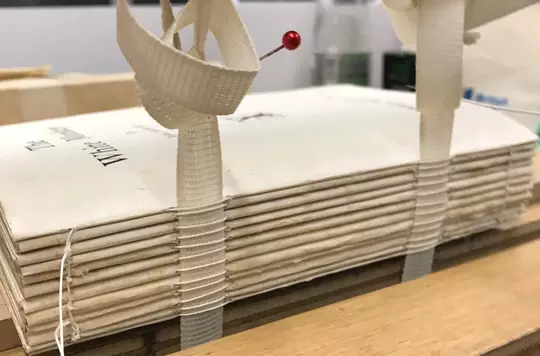
Getting Under the Covers in Book Conservation
This month Archive Assistant, Chloe, relates her experience at CityLit's interventive archival conservation course.
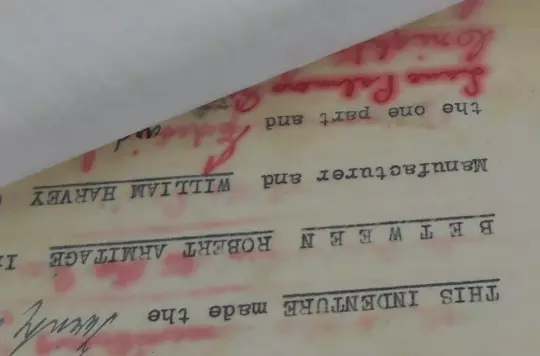
Conserving the Leeds Guardian Home papers
In 2013, I opened a box of records that had come to us after many years spent in various unsuitable storage locations...
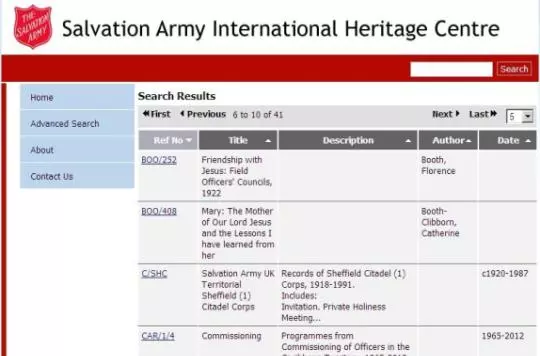
The Catalogue
Over the past 6 years, we have been cataloguing the archives and books held by the Heritage Centre ...
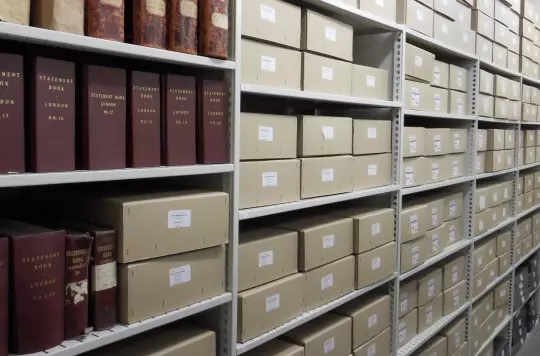
We are archivists
We look after archives. Our job is to decide what to keep and what to throw away ...